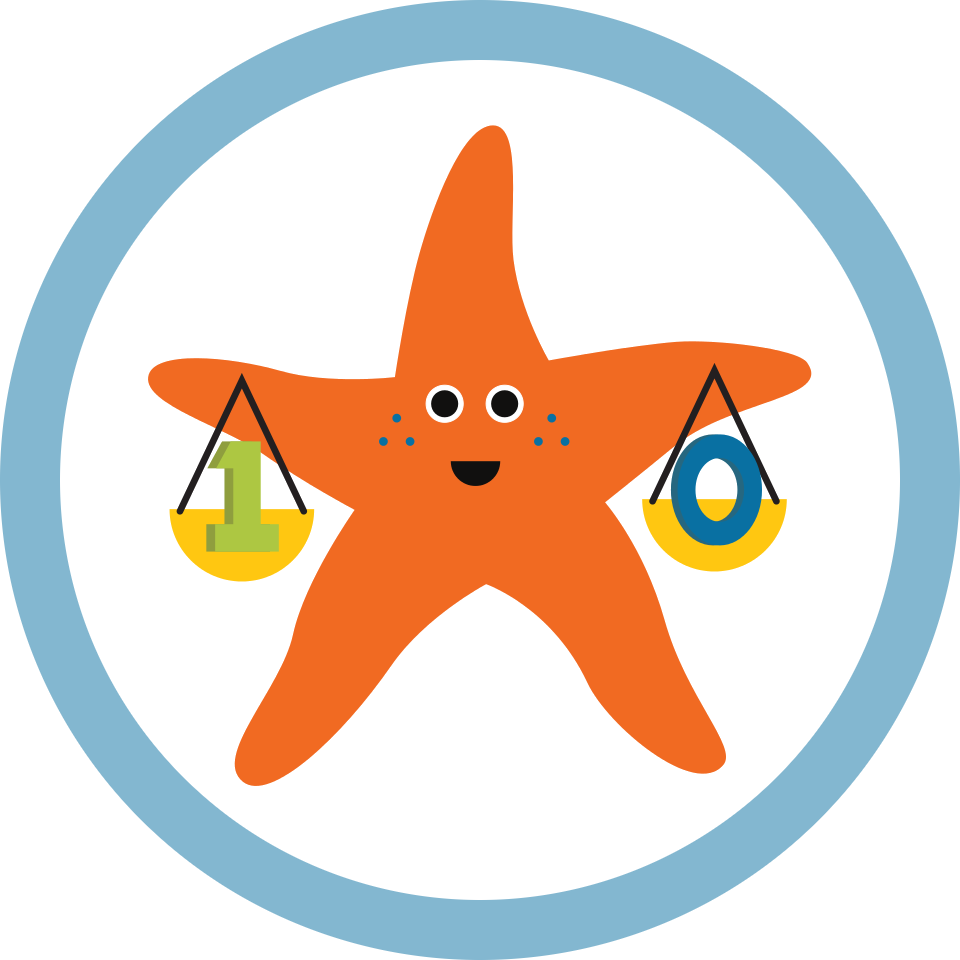Awesome
barterer
barterer is an API for the real-time location, identification and sensing of wireless devices, and a core module of Pareto Anywhere open source IoT middleware.

Specifically, barterer provides a vendor-and-technology-agnostic IoT API when coupled with live data from a barnacles instance and optional chimps instance. barterer can run standalone, although it is usually run together with its peer modules.
Installation
npm install barterer
Hello barterer!
npm start
Browse to localhost:3001/devices/001bc50940810000/1 to see if there are any associations for the device with EUI-64 identifier 00-1b-c5-09-40-81-00-00. By default, this should return Not Found.
REST API
GET /devices
Retrieve all active devices.
Example request
| Method | Route | Content-Type |
|---|---|---|
| GET | /devices | application/json |
Example response
{
"_meta": {
"message": "ok",
"statusCode": 200
},
"_links": {
"self": {
"href": "http://localhost:3001/devices"
}
},
"devices": {
"fee150bada55/2": {},
"001bc50940810000/1": {},
"001bc50940820000/1": {}
}
}
GET /devices/{id}/{type}
Retrieve the active device with the given id and type.
Example request
| Method | Route | Content-Type |
|---|---|---|
| GET | /devices/fee150bada55/2 | application/json |
Example response
{
"_meta": {
"message": "ok",
"statusCode": 200
},
"_links": {
"self": {
"href": "http://localhost:3001/devices/fee150bada55/2"
}
},
"devices": {
"fee150bada55/2": {
"raddec": {
"transmitterId": "fee150bada55",
"transmitterIdType": 2,
"rssiSignature": [
{
"receiverId": "001bc50940820000",
"receiverIdType": 1,
"rssi": -71,
"numberOfDecodings": 2
},
{
"receiverId": "001bc50940810000",
"receiverIdType": 1,
"rssi": -84,
"numberOfDecodings": 2
}
],
"packets": [
"(as hexadecimal strings)"
],
"timestamp": 1621865950453,
"events": [
2
]
},
"dynamb": {
"timestamp": 1621865950453,
"batteryPercentage": 100,
"acceleration": [
-0.46875,
-0.76953125,
0.3984375
]
},
"spatem": {
"timestamp": 1621865950453,
"type": "position",
"data": {
"type": "FeatureCollection",
"features": [
{
"type": "Feature",
"properties": {
"isDevicePosition": true,
"positioningEngine": "External"
},
"geometry": {
"type": "Point",
"coordinates": [ -73.57123, 45.50883 ]
}
}
]
}
},
"statid": {
"uuids": [
"ffe1",
"feaa"
],
"uri": "https://sniffypedia.org/Product/Google_Eddystone/",
"deviceIds": [
"7265656c652055554944/fee150bada55"
],
"name": "NAME"
}
}
}
}
Socket.IO
When initialised with a Socket.IO server as an option, barterer supports the following namespaces:
- /devices
- /devices/raddec
- /devices/dynamb
- /devices/spatem
- /devices/{id}/{type}
- /devices/{id}/{type}/raddec
- /devices/{id}/{type}/dynamb
- /devices/{id}/{type}/spatem
raddec, dynamb and spatem events are emitted except for namespaces ending with /raddec, /dynamb or /spatem, in which case only the specified event is emitted. For an example of the raddec, dynamb JSON structures, consult the reelyActive Developer's Cheatsheet as well as the sample response of the REST API above.

What's in a name?
Barter is a system of exchange by which goods or services are directly exchanged for other goods or services without using a medium of exchange, such as money. Seems fitting for an API in an open Internet of Things.
Why is barterer represented by a starfish? Well, in our software architecture, barterer consumes data from barnacles, and in nature, starfish consume barnacles. One such example is the species Pisaster ochraceus. And, as Wikipedia states, "while most individuals are purple, they can be orange, orange-ochre, yellow, reddish, or brown". Orange was the only colour in the reelyActive palette which fit, so there you have it, an orange starfish.
If we stretch the story even further, the initials of Pisaster Ochraceus (PO) are the same as the architect of our original API (P-O). That API was named bartender, but alas, that name had already been claimed on npmjs, and so we exchanged it for barterer (pun intended, as usual).
Why is the starfish holding scales with a one and a zero? Because he's bartering digital information of course!
Contributing
Discover how to contribute to this open source project which upholds a standard code of conduct.
Security
Consult our security policy for best practices using this open source software and to report vulnerabilities.
License
MIT License
Copyright (c) 2015-2024 reelyActive
Permission is hereby granted, free of charge, to any person obtaining a copy of this software and associated documentation files (the "Software"), to deal in the Software without restriction, including without limitation the rights to use, copy, modify, merge, publish, distribute, sublicense, and/or sell copies of the Software, and to permit persons to whom the Software is furnished to do so, subject to the following conditions:
The above copyright notice and this permission notice shall be included in all copies or substantial portions of the Software.
THE SOFTWARE IS PROVIDED "AS IS", WITHOUT WARRANTY OF ANY KIND, EXPRESS OR IMPLIED, INCLUDING BUT NOT LIMITED TO THE WARRANTIES OF MERCHANTABILITY, FITNESS FOR A PARTICULAR PURPOSE AND NONINFRINGEMENT. IN NO EVENT SHALL THE AUTHORS OR COPYRIGHT HOLDERS BE LIABLE FOR ANY CLAIM, DAMAGES OR OTHER LIABILITY, WHETHER IN AN ACTION OF CONTRACT, TORT OR OTHERWISE, ARISING FROM, OUT OF OR IN CONNECTION WITH THE SOFTWARE OR THE USE OR OTHER DEALINGS IN THE SOFTWARE.